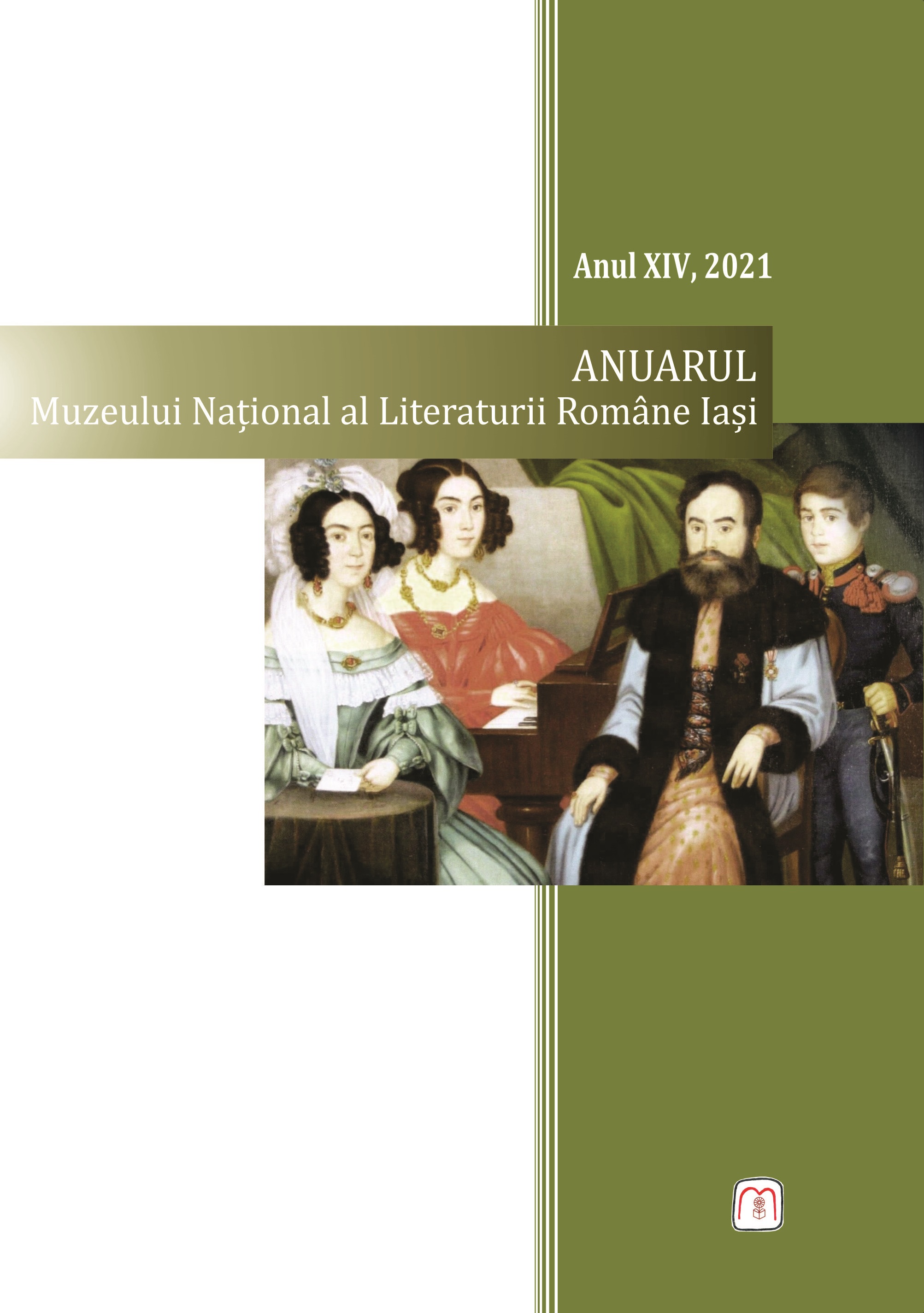Evoluţia micilor oraşe din spaţiul polono-lituanian şi „Zona de Reşedinţă Evreiască” (a doua jumătate a secolului al XVIII-lea – prima parte a secolului al XIX-lea)
The Evolution of Small Cities from the Polish-Lithuanian “Pale of Settlement” (the Second Half of the 18th Century – the First Half of the 19th Century)
Author(s): Andrei MelinteSubject(s): Social history, Rural and urban sociology, 18th Century, 19th Century
Published by: Editura Muzeelor Literare
Keywords: Miasteczko; shtetl; Jews; Pale of Settlement; boyars;
Summary/Abstract: One of the main consequences of increasing the power of nobility to the detriment of monarchy in the Polish-Lithuanian area was the emergence of small towns. In general, towns were established on the possessions of the nobles, after obtaining various privileges. In the local language, they were called “miasteczko”. From an ethnic point of view, an important role in the development of small towns was played by the Jews, who symbolically named these localities “shtetl”. Therefore, in order to understand the evolution of these settlements, we must correlate them with the transformations that took place within the Jewish communities. One of the important changes that marked this ensemble was the annexation of the Polish-Lithuanian area by the Russian Empire in the second half of the 18th century. The main consequence of this transformation was the creation of the Pale of Settlement in which small towns played an important role.
Journal: Anuarul Muzeului Naţional al Literaturii Române laşi
- Issue Year: XIV/2021
- Issue No: XIV
- Page Range: 7-17
- Page Count: 11
- Language: Romanian

